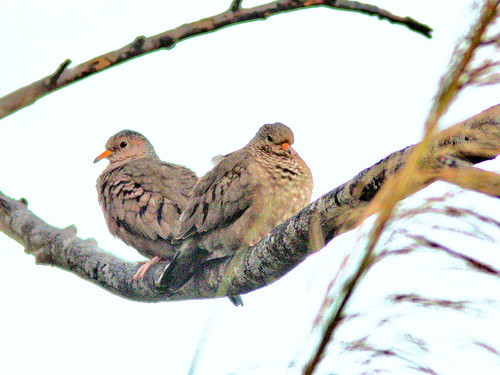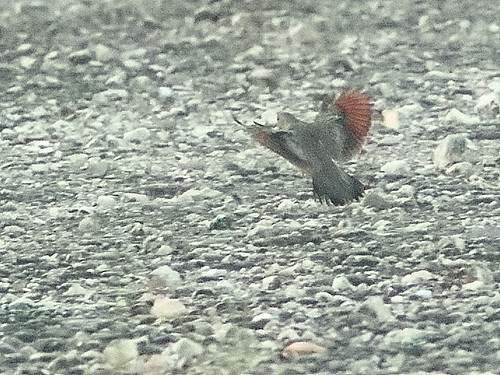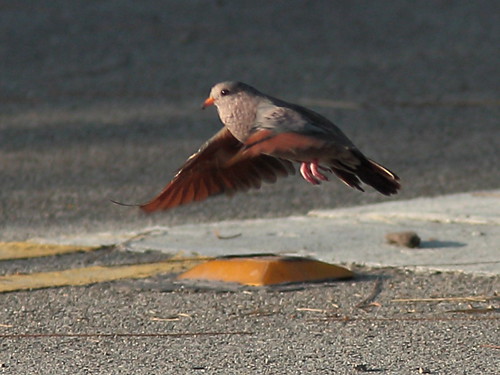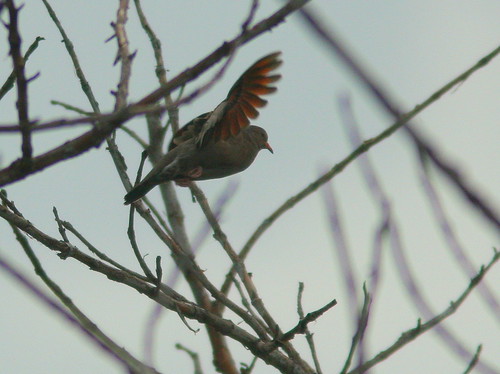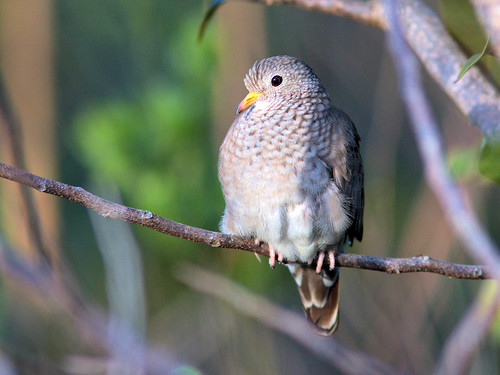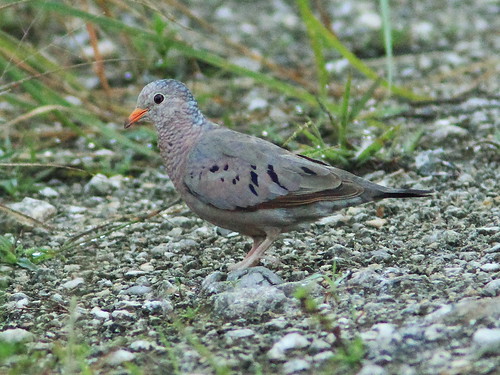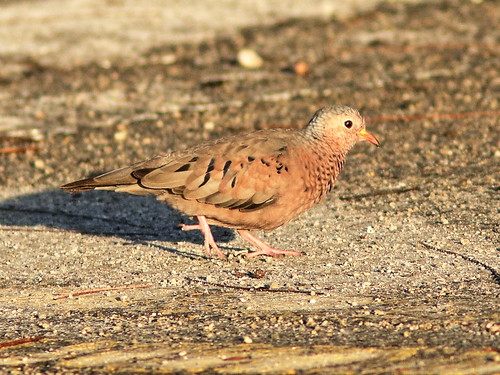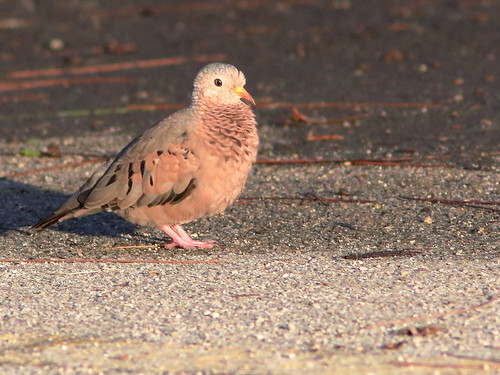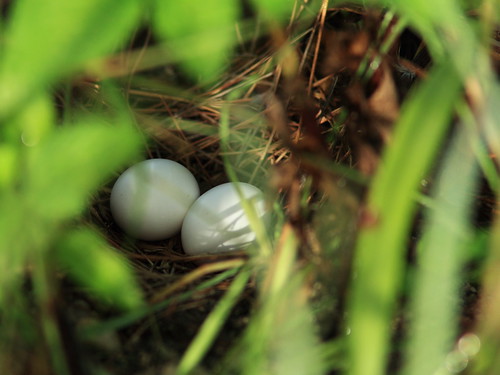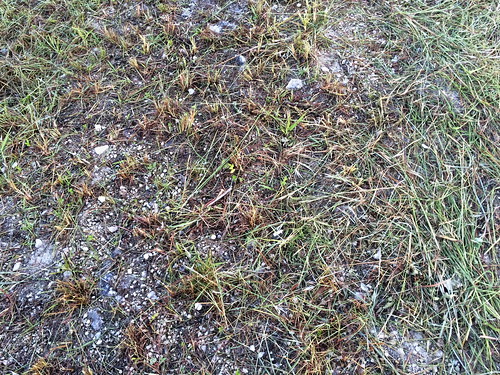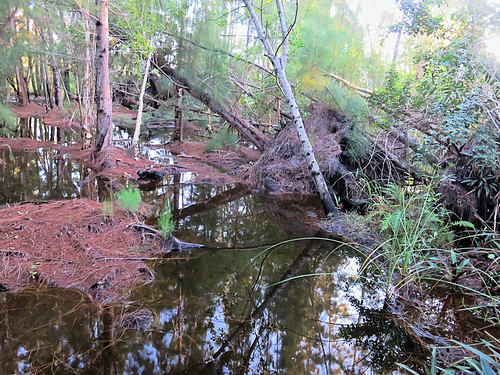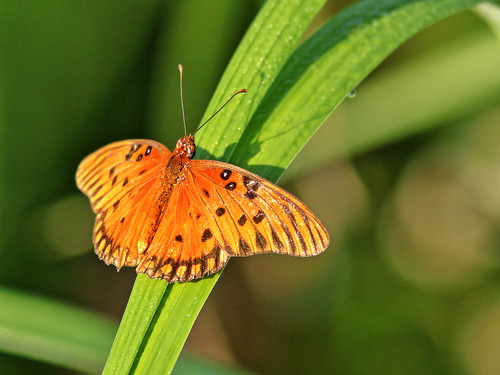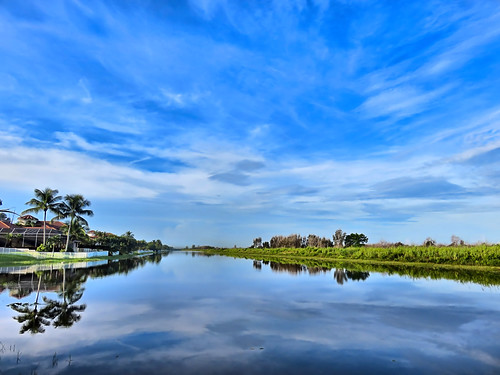Right now a hurricane is bearing down on us in southeast Florida. I do not enjoy the prospect of hunkering down without electricity in a dark and hot home with all the windows shuttered, listening to the whistle of the wind as things go bump all around.
Last year we had an exceptional visit by a Louisiana Waterthrush, a species which commonly transits Florida on the way to a more southerly wintering range. It arrived in late August and stayed into October 22. I visited and photographed it almost daily.
Louisiana Waterthrush, July 31, 2018:
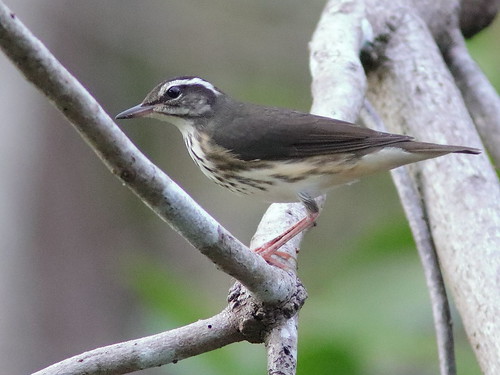
Several subtle characteristics help distinguish the Louisiana Waterthrush from the similar but more common Northern Waterthrush, whose peak migration occurs later in autumn. Both have plain brown to dark gray backs, though the Louisiana species tends to be a warmer brown. Both have light breasts with dark markings. The Louisiana has larger markings which tend to separate into spots. The Northern's streaks are more confluent and reach more strongly up to or near the throat. Both species have a distinctive light eyeline. As compared to the color of its breast, the Louisiana's eye-line is whiter, often broader and becomes buffy and more narrow or disappears in front of the eye, not extending to the base of the bill. The legs of the Louisiana Waterthrush are usually brighter reddish pink.
The Louisiana Waterthrush has contrasting buffy flanks:
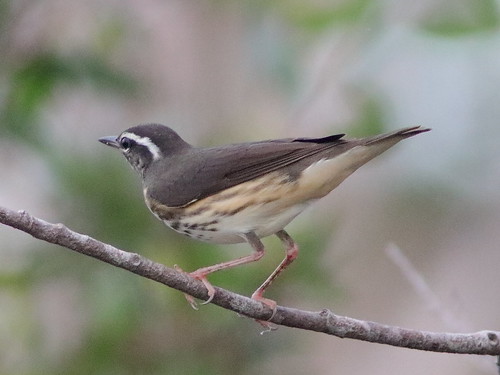
Note the substantial bill of this Louisiana Waterthrush, which is thicker and longer than that of the Northern Waterthrush (August 16, 2018):

The great majority of fall migrating Lousiana Waterthrushes appear in our County from mid-August into mid-September. July and October sightings are quite rare. eBird records reveal that there have been only 5 other July sightings and no other October reports of this species over the past 10 years
For comparison, here are some views of a Northern Waterthrush, taken on October 10, 2018:
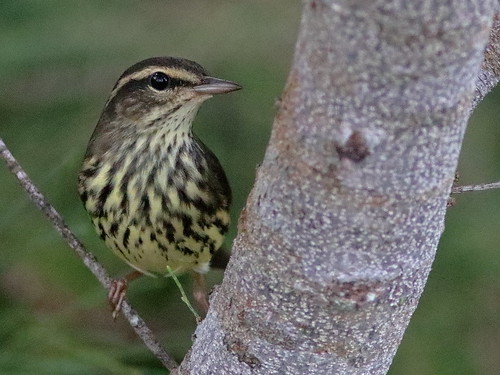
Note the confluent breast streaks and narrow and duller duller eye-line which matches its undersides and extends all the way to the base of the more slender bill of this Northern Waterthrush (August 29, 2017)

This year, a Louisiana Waterthrush appeared in the same location as last year, on August 14. Its buffy flanks show up nicely:
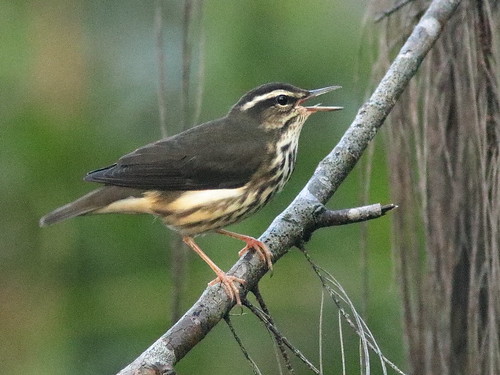

Unlike last year, this has so far been only a one-day appearance for the Louisiana Waterthrush.
The White-tailed Deer usually hide in the Everglades wilderness, but wet conditions have driven them to higher ground. Our homes and roads are built upon stone and gravel which was blasted and carved out of the pristine Everglades to form several lakes in the subdivisions, so our neighborhood preserve is a haven for the deer when they wish to dry their feet.
While observing a few warblers I was startled to see an 8-point buck heading right towards me. I was nearly out of sight behind a berm:

Since it is mating season I did not want to be attacked by a disappointed suitor who confused me with one of his kind, so I climbed up the berm to be sure he recognized me. Actually, his attention was fixed upon a doe, hidden in the high grass nearly in front of me, just to my right:
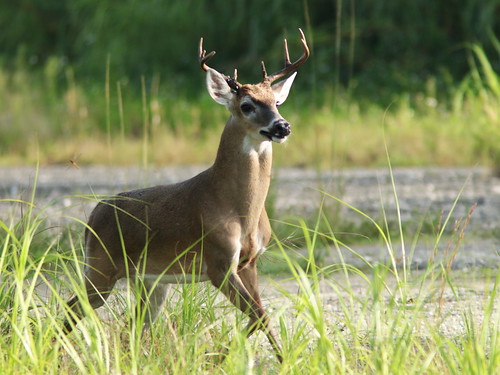
The doe scrambled out of cover:

The deer were so close by that I had trouble fitting them into the viewfinder until the buck stopped to scratch an itch or shoo a fly...
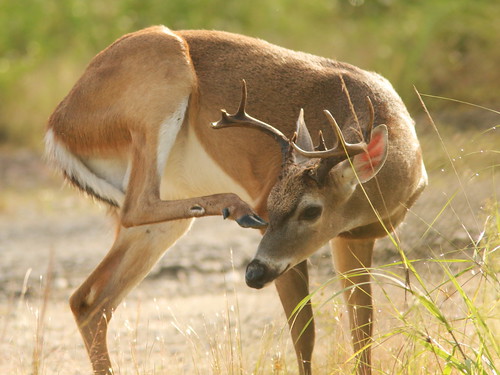
...then bounded away...

...followed by the doe:

My desktop computer died this past weekend and I may have lost 7 1/2 months' worth of RAW images, as my Carbonite backup only saved the JPG files. After two days only 11% of my files have been restored. I am forced to write this on my laptop. Here are a few views from the previous week--
Female Anhinga in our back yard. Her wing feathers are new and unblemished, while her tail is still molting:

Black-and White Warblers are more numerous as fall migration gets to a slow start. This is a male:

Female Black-and White Warbler lacks the black face patch:

Glimpse of a Northern Parula warbler in poor light:

Another bad photo of a Northern Parula in flight, but I liked the action. This is a male, which has a dark reddish area on its upper chest:
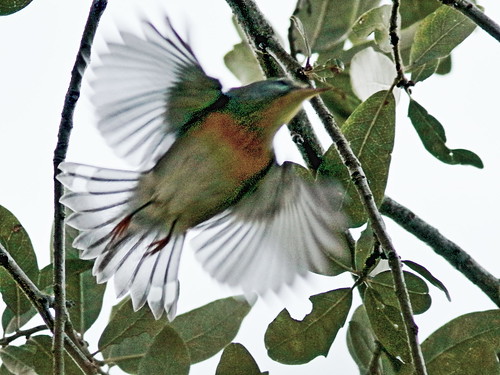
An adult Red-shouldered Hawk flew low overhead...
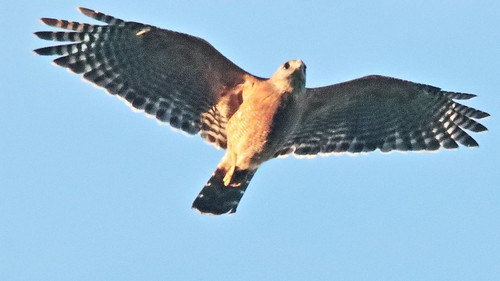
...and its wingtips in this better view did not entirely fit into my composition:

I love the honeysuckle scent of the Ligustrum in bloom, and so do the Honeybees. In coming weeks its berries will feed the hungry migrants:

A Horace's Duskywing butterfly sips nectar from a Bidens alba flower:

We hear the Coyotes uttering harsh barks and a few whining howls early in the mornings. These are the fresh tracks of a Coyote in wet sand. The rear paw (to the left) is smaller than its front paw. Note the somewhat oval shape of its prints as opposed to those of of most domestic dogs, which have rounded prints with more widely spaced toes. Also, the latter usually have shorter nails because they wear them down on floors and pavement. The two middle toes of a Coyote are so far forward that the nails of the two outer toes emerge almost behind them:

Just after sunrise, a westerly breeze stirred the surface of the lake on an otherwise peaceful morning:
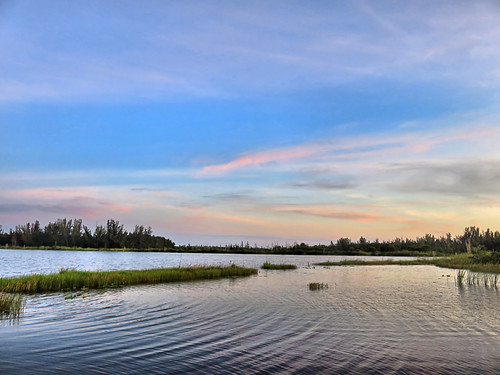
A cloud tower rose in a great column to the northeast about 15 minutes before sunrise on August 26:

Behind the Pine Bank, about 40 miles away to the west, a thunderstorm raged over the Everglades. My path into the lake is no longer on a peninsula. Rather, it is an archipelago:
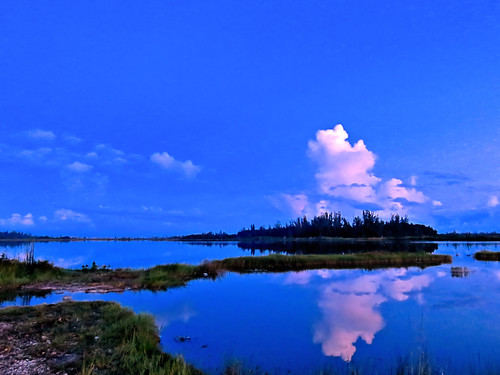
= = = = = = = = = = = = = = =
Linking to Misty's CAMERA CRITTERS,
Linking to Eileen's SATURDAY'S CRITTERS,
Linking to SKYWATCH FRIDAY by Yogi, Sylvia and Sandy
Linking to WEEKEND REFLECTIONS by James
Linking to BirdD'Pot by Anni
Linking to Our World Tuesday by Lady Fi
Linking to Wild Bird Wednesday by Stewart
Linking to Wordless Wednesday (on Tuesday) by NC Sue
Linking to ALL SEASONS by Jesh
________________________________________________
Please visit the links to all these memes to see some excellent photos on display
________________________________________________

